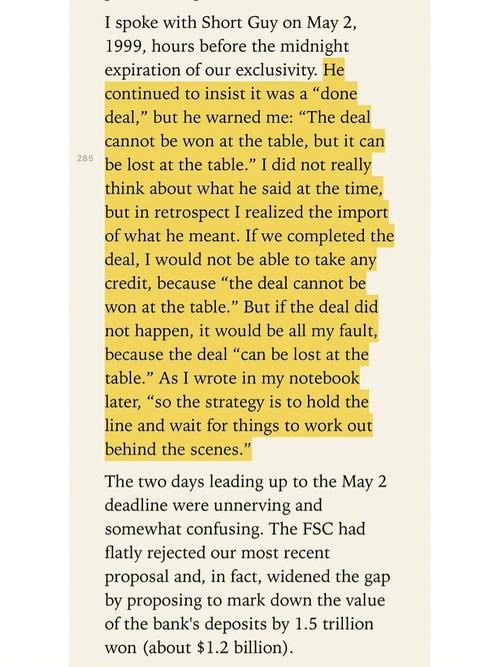
Counting Money Games Grade 2: A Comprehensive Guide
Learning to count money is an essential skill for young children, and there are numerous games available to help second graders master this concept. These games are designed to be engaging, interactive, and educational, making the learning process both fun and effective. In this article, we will explore various counting money games for second graders, their benefits, and how to incorporate them into your child’s learning experience.
Interactive Counting Money Games
Interactive counting money games are a fantastic way for second graders to learn about coins and their values. These games often involve touchscreens, tablets, or computers, allowing children to manipulate virtual coins and practice counting. Here are some popular interactive counting money games:

| Game | Description | Age Range |
|---|---|---|
| Counting Coins | A simple game where children drag and drop coins into a piggy bank to match the correct value. | 6-8 years |
| Money Math Adventure | Children embark on a quest to save their village by solving money-related puzzles. | 7-9 years |
| Counting Coins Challenge | Competitive game where children race against the clock to count coins correctly. | 6-10 years |
These games are not only entertaining but also help children develop their fine motor skills, problem-solving abilities, and understanding of coin values.
Board Games and Card Games
Board games and card games are another excellent way to teach second graders about counting money. These games often involve real coins and require children to make decisions based on their understanding of coin values. Here are some popular board games and card games for teaching money counting:
| Game | Description | Age Range |
|---|---|---|
| Monopoly Junior | A simplified version of the classic Monopoly game, focusing on counting money and making purchases. | 6-8 years |
| Money Munchers | Children collect coins and trade them for items on a board, learning about coin values and making change. | 6-9 years |
| Counting Money Card Game | Players draw cards and count the coins on the cards, learning to add and subtract coin values. | 6-10 years |
These games encourage children to think critically and make decisions based on their understanding of money. They also provide a social aspect, as children can play with friends or family members.
Real-World Money Counting Activities
Integrating real-world money counting activities into your child’s learning experience can be incredibly beneficial. Here are some ideas to help your child practice counting money in a practical setting:

-
Take your child to the grocery store and have them help you count out the coins for the cashier.
-
Let your child count the coins in their piggy bank and help them figure out how much money they have saved.
-
Use play money to simulate shopping scenarios, where your child can practice making change and counting money.
These activities help children understand the importance of money and how it is used in everyday life. They also reinforce the concepts they have learned through games and other educational materials.
Benefits of Counting Money Games for Second Graders
Counting money games offer numerous benefits for second graders, including:
-
Improved math skills: Children learn to count, add, and subtract coin values, which helps them develop a strong foundation in mathematics.
-
Enhanced problem-solving abilities: These games often require children to think critically and make decisions based on their understanding of money.




